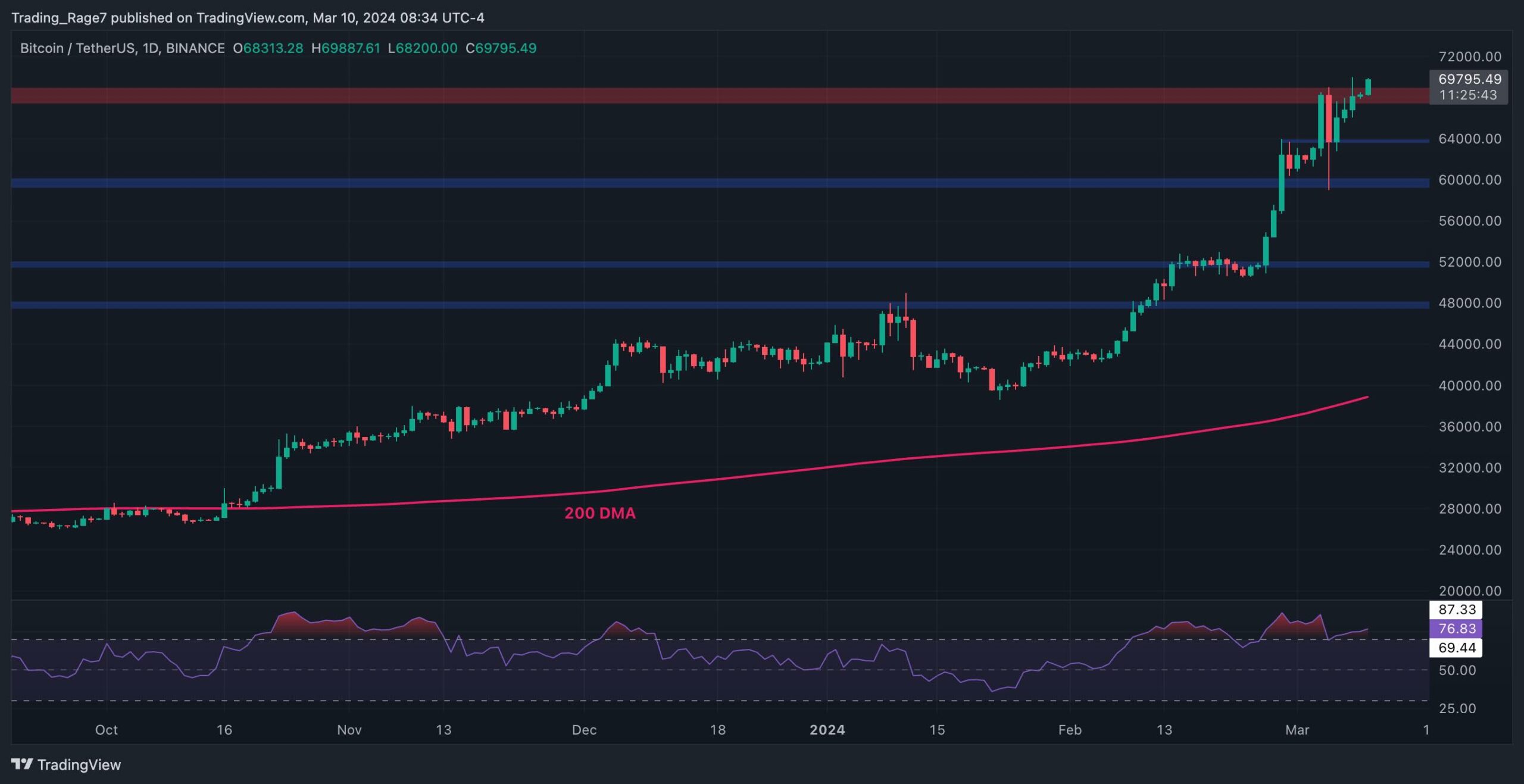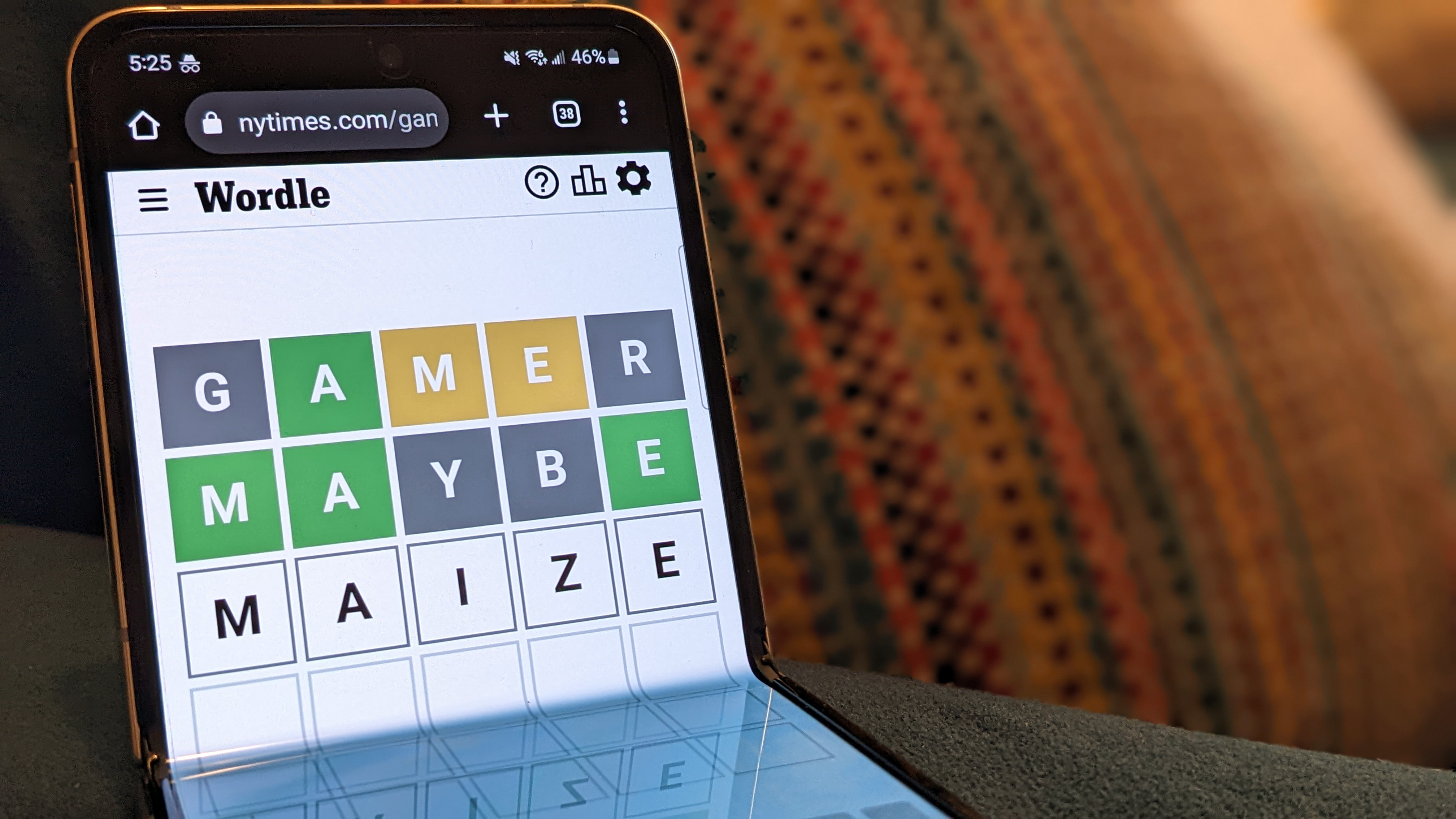JMGO N1S Ultra 4K projector review
Mounted on a robust gimbal, the JMGO N1S Ultra 4K boosts the projection power over the standard version. The compact form makes it ultra-portable, with a lightweight, protective case that makes it easy to transport for business or store at home between movie nights.
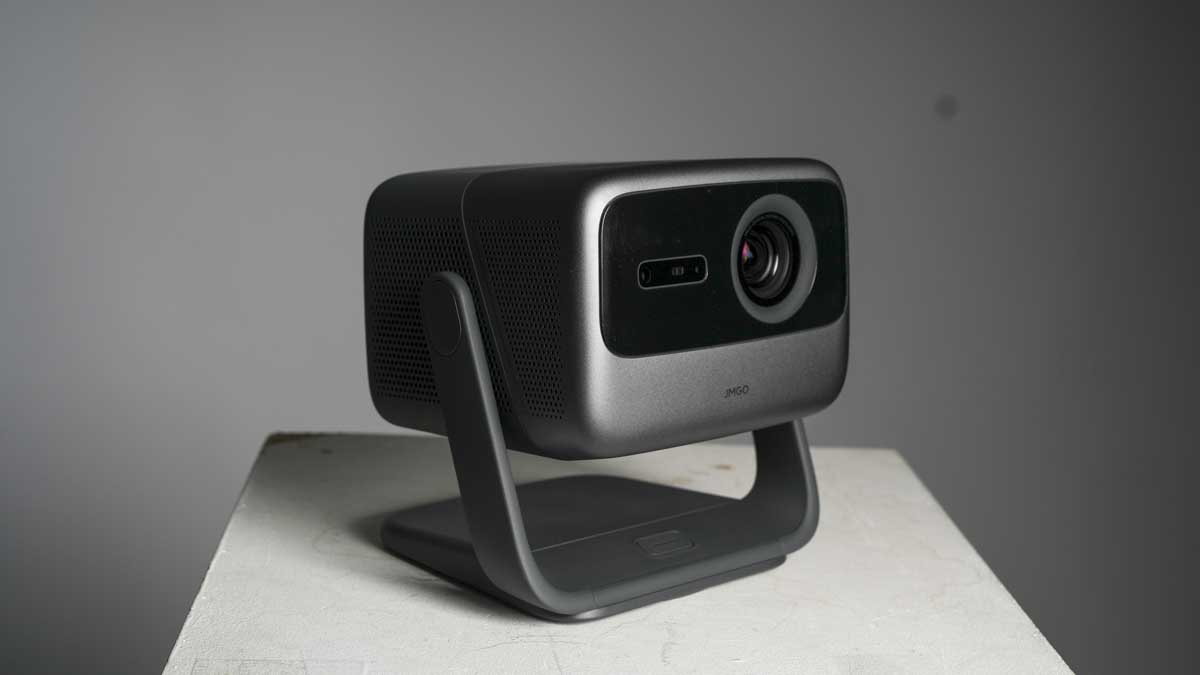
JMGO N1S Ultra 4K: 30-second review
At first glance, it's hard to see any real differences between the JMGO N1S Ultra and the older JMGO N1 Ultra in terms of physical design. They both look very similar, with the main projection unit sitting on top of the solid gimbal. This gimbal design, while simple, is incredibly useful when setting up and positioning the projector, enabling fast adjustments to fit a wall space or screen. What's more, like the N1, the N1S features outstanding instantaneous autofocus and keystone adjustment, which ensures the projection adjusts perfectly to the projection surface.
One of the features that makes the N1, and now the N1S, a great choice is its size, weight, and design. Like many of the best portable projectors we've tested, it is small enough to make it easily transportable, especially with the foam hard case that it ships with. This means that this is one of the few projectors with brightness, colour accuracy, and portability, making it a great solution for both home and business.
When it comes to the all-important updates to the projector, most hinge on the brightness, with the beam jumping from 2200 CVIA lumens to 3000 ANSI lumens. This essentially makes it a better choice than the majority of other projectors for use in daylit rooms and if you need a portable projector for presentations.
The next update is to the processor. The N1S Ultra is equipped with the MediaTek MT9679 processor, upgraded from the N1 Ultra's MT9669. This change in processor brings smoother interaction as you go through the applications and enables a more instant reaction speed when using the remote, as well as ensuring that all high-resolution footage plays back smoothly.
As with the previous projector, the operating system is based on Android, although this time, it utilises Google Home rather than Android, with the Bonfire OS being used as the base. While this is the same as the OS used by the N1, there have been some tweaks, and those improvements mean that many of the more jerky interactions noted with the N1 have now been ironed out. As the N1S utilises Google Home rather than Android TV, native Netflix support is now added without having to rely on a TV stick.
Alongside these updates, there are several smaller enhancements, with the image optimisation taking a step up, a greater projection range, and wider support for external 3D content. Colour accuracy and BT.2020 are also noted as having been enhanced. However, at a price, the new projector is expensive when compared with many of the best 4K projectors from better-known rivals, and it'll be down to that increased projection brightness, audio, and ease of use to see if it can truly compete in an increasingly crowded field.
JMGO N1S Ultra 4K: Price & availability
The final price of the N1S has yet to be announced, but with the N1 retailing widely for $2299, this new projector will likely be available for around $2500. It will be available directly from JMGO or through Amazon.com.
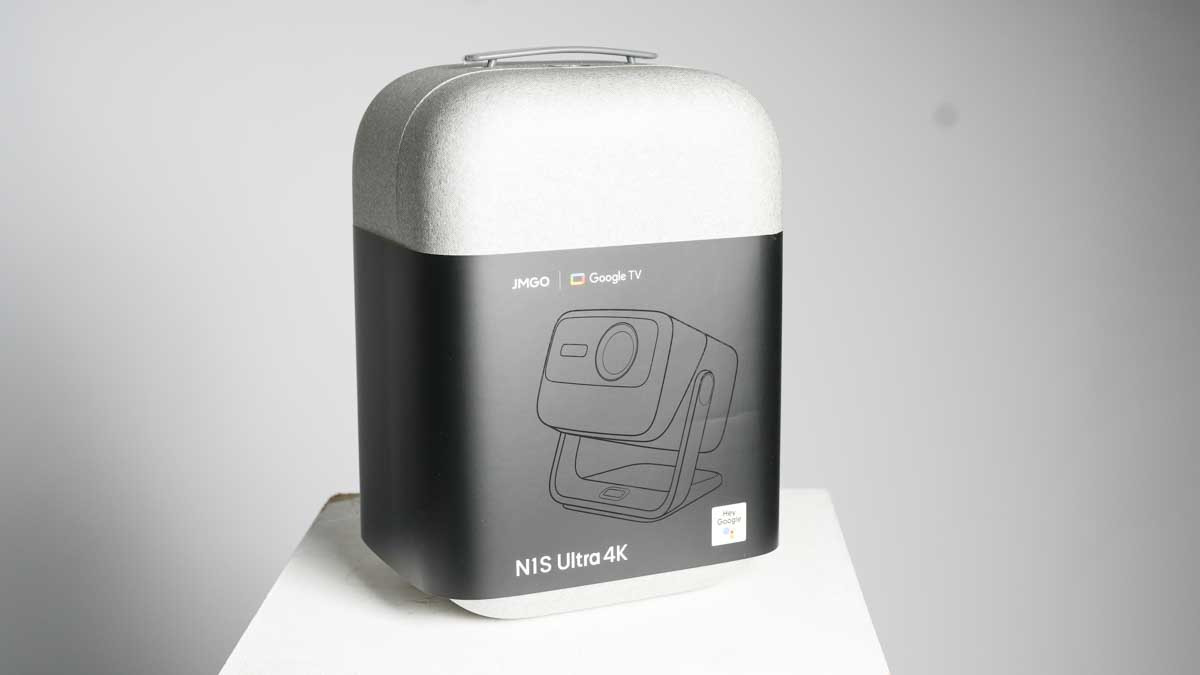
- Value: 4.5/5
JMGO N1S Ultra 4K: Specs
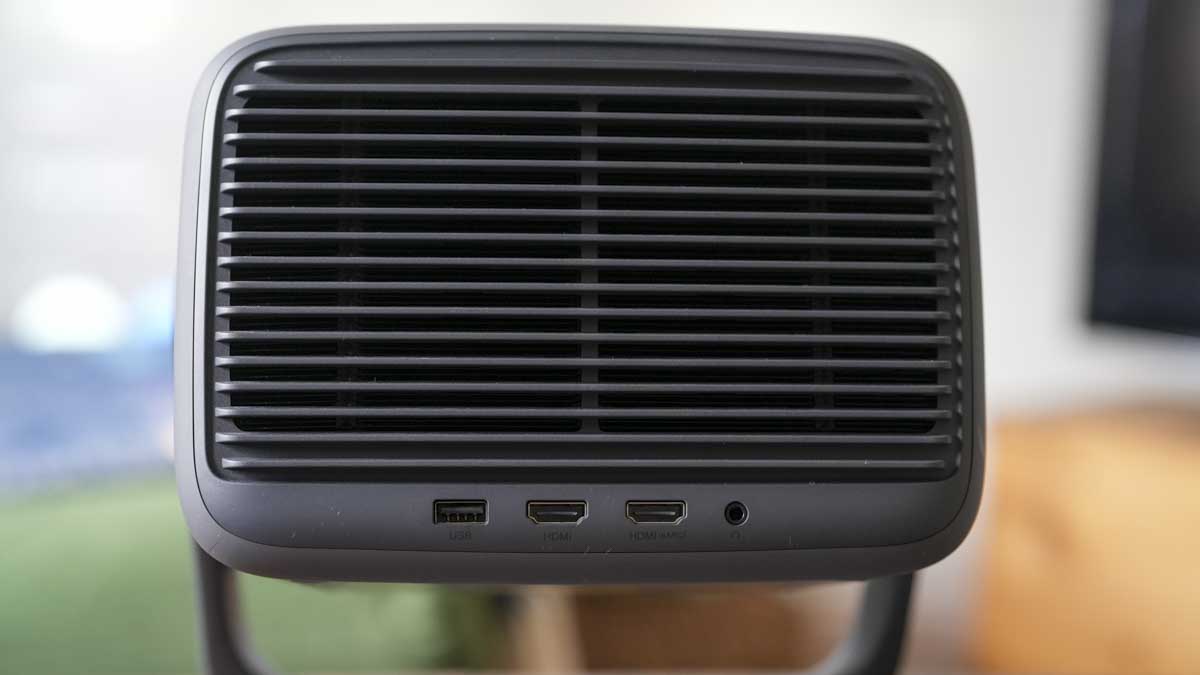
JMGO N1S Ultra 4K: Design & features
- Great aesthetics
- Stunning design
- Simple to use
The N1S's design follows the same lines as the rest of the JMGO line, giving the grey and matte metallic exterior a stylish and simple look. While the design is very simple, details such as the venting at the back and along the sides of the projector allow for plenty of cooling, which also means it runs extremely quietly, even over extended periods.
One of the key features of the JMGO is the gimbal, which enables you to tilt through 135º and rotate through a full 360º, which gives you loads of versatility when positioning. Another really nice feature of the stand is that they have incorporated the power supply socket into it, which means that as you tilt the projector, there is no strain put on this cable. However, when it comes to the HDMI, USB, and audio ports, these all remain in the more common location on the back of the projector unit itself. This is fine if you're using Google Home and the integrated apps to view content, and of course, you can cast directly from your PC if you're using the projector for presentations.
The projector's design instantly highlights a huge advantage over many other projectors for business use. Firstly, the EPP portable packaging acts as a decent protective carry case for the device with a carry handle, making it easy to stack and transport. Then, the gimbal design means that it's easy to position and adjust without the need to hunt around for books or other objects to adjust the height correctly.
The big feature of this style of the projector is, as ever, the autofocus, keystone correction, and colour adjustment. Here, the AF is instant and fast, and likewise, the keystoning catches up with any adjustments made quickly within seconds. While all projectors of note feature auto keystoning, this example is one of the better I've seen, easily avoiding objects and adjusting to all sizes and shapes while still enabling a high-quality picture to be projected.
Overall, when it comes to design, this is one of the most flexible out there, with absolute ease of use at its heart. This is one projector that you can just pop down on a desktop or meeting table, tilt the head to the screen or wall you want your projection to display, and the projector sorts out the rest while you can prepare for what comes next.
At home, this ease of use is just as useful. It means that the projector doesn't always have to stay out, perched on a shelf and carefully set up for movie night. Instead, the projector can quickly be packed away and then set up in less than a minute, and it's ready to go. What's more, if you're still looking for a decent position in the middle of the room to place the projector, then that's not an issue. Pop it on a side table, and the keystone will adjust accordingly, although there are limits!
- Design & features: 4.5/5
JMGO N1S Ultra 4K: picture quality
- Wide BT.2020 colour space
- Google Home is fast and intuative
Starting with the setup, after powering up the projector, you then have to run through the Google Home setup, tie it in with your Google Home account, and then run through the various screens and options. The whole process takes about five minutes, and if you already have the Google Home app set up, then that process should be fast and trouble-free.
Once you get to the main Google Home screen, you should see the main apps along with any that you downloaded through the setup process. A nice touch here is that Netflix is now a standard part of the installation and, as such, is fully integrated without any additional messing around.
When it comes to screen quality, as the projector makes the adjustments automatically, there's no need to make any corrections. However, if you did want to, there are no options to do this. If the keystone looks wrong, then it's because the position is beyond the point of adjustment, and to correct it, you'll need to move the projector. Through the test, the N1S auto adjustment feature was spot on, allowing the vast majority of locations to be adjusted without issue. If there were an issue, then a slight shift to the side would enable the projector to find its place and correct the image.
When used in a living room against a large, clear, open wall, the projector's performance is excellent, with a clear, crisp image and excellent sound coming from the small internal speakers. However, with DYNAUDIO, DTS HD, and Dolby Audio, there are plenty of enhancements to the audio quality that enable the projector to pack a decent volume and audio clarity when needed.
On location in a lecture theatre, studio, and village hall, the projector's flexibility really starts to come into its own. The ease of setup and use is only a small part of a larger setup process: Simply plug in, direct at the screen, and it's ready to go. What's more, the small size and lack of a loud fan keeping everything cool make this an instantly excellent choice for anyone travelling around giving presentations or talks of any type.
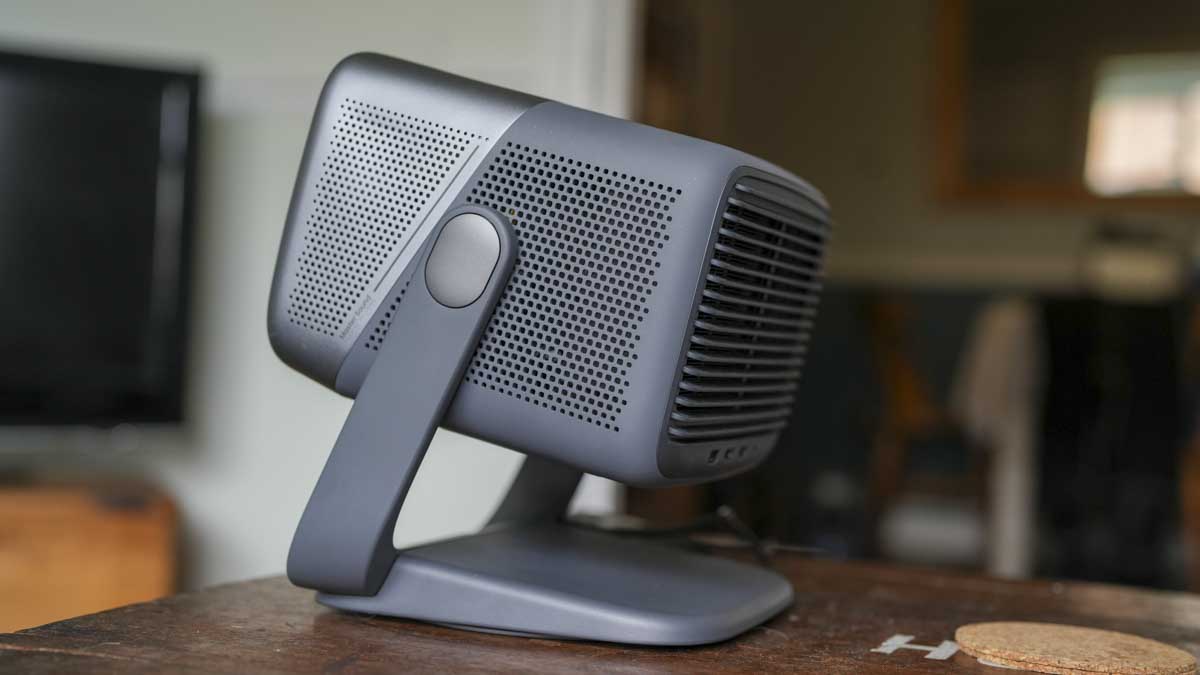
While the N1 and the N1S seem very similar in specifications and design at first glance, a couple of updates make a big difference. The first is the brightness, which boosts the picture quality, both in daylight and at night. The colours look vibrant, and there's plenty of tone and detail. Watching TV or movies in HD looks great, but switching to 4K, the quality of the projection is outstanding.
If you don't have a projection screen, there's no need to worry. There's plenty of adjustment over the colour temperature or hue of the image, and as long as your walls are only subtly toned, you should be able to adjust the image quality to suit. One issue we did find with the image adjustment was that the contrast adjustment could be a little overly harsh, quickly highlighting burnout. However, when used with reservation, the adjustments enable you to fine-tune any preset options. The visual presets under the picture mode give a good selection of options, with Standard and Vivid being good for most TV, the Movie mode taking things down a notch to give everything a cinematic look, while the Game mode reduces the latency for more reactive gameplay.
The one mode of real interest here is the Office Picture mode, which helps to balance presentations for a screencast and helps to resolve the definition of text on the screen to great effect. This picture mode, along with the fine-tuning and the ability to select Ultra Brightness, makes this a versatile choice for all sorts of locations. The Ultra Brightness does exactly what it says, boosting the overall projection brightness. While this is good, you can see an instant influence of blue on the colours, which again can be compensated for with a slight tweak of the colour temperature under the advanced settings.
From watching movies where the resolution, colour, and tone make the image look hyper-realistic to watching TV, the smooth refresh rate, resolution, and brightness come together to create an engaging and absorbing projection.
Likewise, playing games through an HDMI connection from a mini PC for the test proved that the low latency gaming mode was enough to feel like the projection was in real-time, and there was no noticeable lag in the gameplay. The colour and contrast, as well as the refresh rate, kept up with the action, and again, this projector put in a great performance.
This projector really excelled over others, however, with the overall ease of use in different locations. With a projection screen, things are easy—set up the screen with the projector a few feet back, and the projector is essentially advanced enough to do the rest for you. Cast or plug directly into your projector, and you can get on with the details of the presentation without needing to delve into the technology. It's all very easy, especially with the autofocus and keystone.
- Picture quality: 5/5
JMGO N1S Ultra 4K: Value

- Price on a par with similar models
- Fully integrated Google Home and Netflix
- Superb audio quality
At $2,500, the N1S is at the higher end of the scale for this size and brightness of projection. However, for that money, you get one of the brightest and most portable models out there. You also get a projector that is essentially no fuss and easy to use; you literally place it and switch it on, and the rest is just like using a standard TV or monitor for presentation.
While this does sit at the upper end of the price bracket, its ease of use can be invaluable, especially for businesses. Once you add in the lightweight, portable case, the solid build quality, and the integrated gimbal design, a few other projectors come close to this for all-in-one ease of use, which suddenly makes sense of the slightly higher price tag.
- Value: 4/5

Should I buy the JMGO N1S Ultra 4K?
While the N1S looks similar to the N1, there have been a few major updates to the inner workings that make what was already a great projector that much better. The first step forward is the increase in brightness, making this a better option for anyone who needs a powerful projector that can be used easily in different locations with minimal fuss.
The second is the speed of interaction, with the faster internal processor able to handle requests faster and also enable one of the swiftest autofocus and keystone features out there.
Then there's the gimbal system, which, while it remains the same as the N1, is actually a major selling point and makes this one of the easiest projectors on the market to position accurately. Although its design is simple, it will save you time not having to find books to alter the angle or fiddle around with screw legs which will inevitably fall out.
These upgrades all back up what a very proficient projector is with excellent colour, tone, and brightness. Combined with the 4K resolution, it will give your movies, TV shows, or presentations a hyper-real look. The system's base on Google Home means that it's easy to use and fast to update. Now that Netflix is part of the mix without needing to mess around with additional downloads and workarounds that plague some other projectors, it simply feels complete.
As a projector to use at home, this is a great choice. The relatively compact size makes it easy to position and pack away when needed, although you are paying a price premium. This really comes into its own as a portable solution that you can take with you and use for presentations. The clarity and quality of colour are exceptional and well worth the investment.
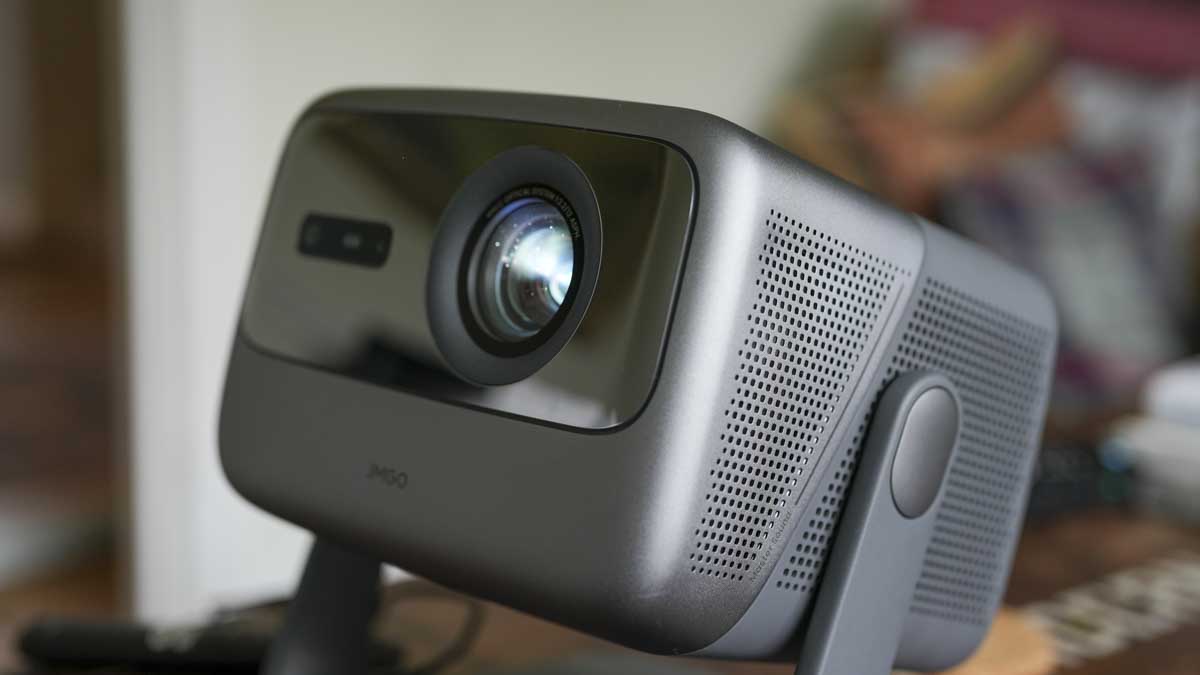
Buy it if...
Don’t buy it if…
Also consider...
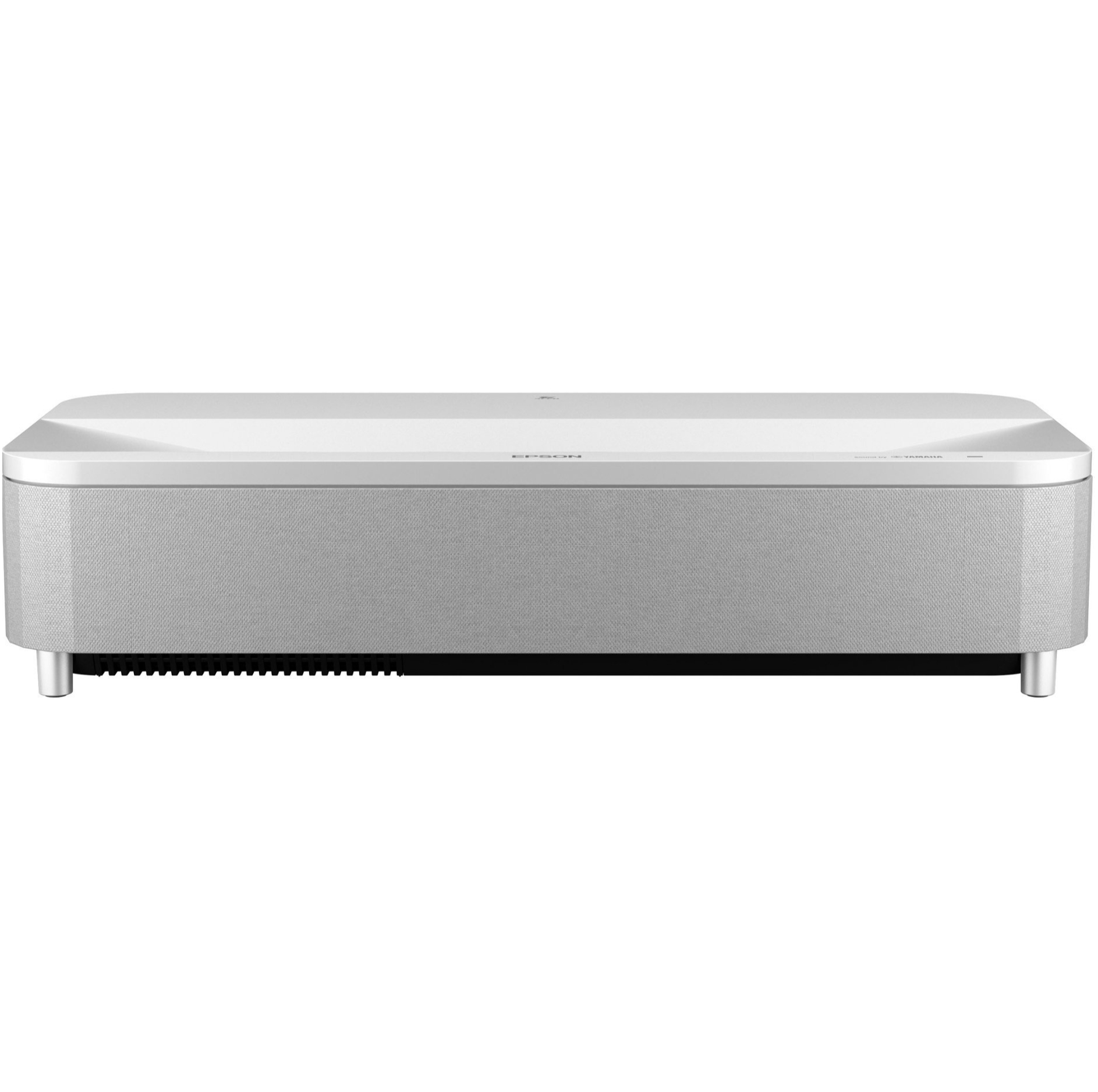
Epson LS800
The Epson LS800 uses a 3LCD laser light source to beam a stunningly bright 4,000 lumens image. This makes it a great option for daytime sports viewing and it also has good built-in sound.
Read our full Epson LS800 review
We've tested, reviewed, and rated the best business projectors
What's Your Reaction?











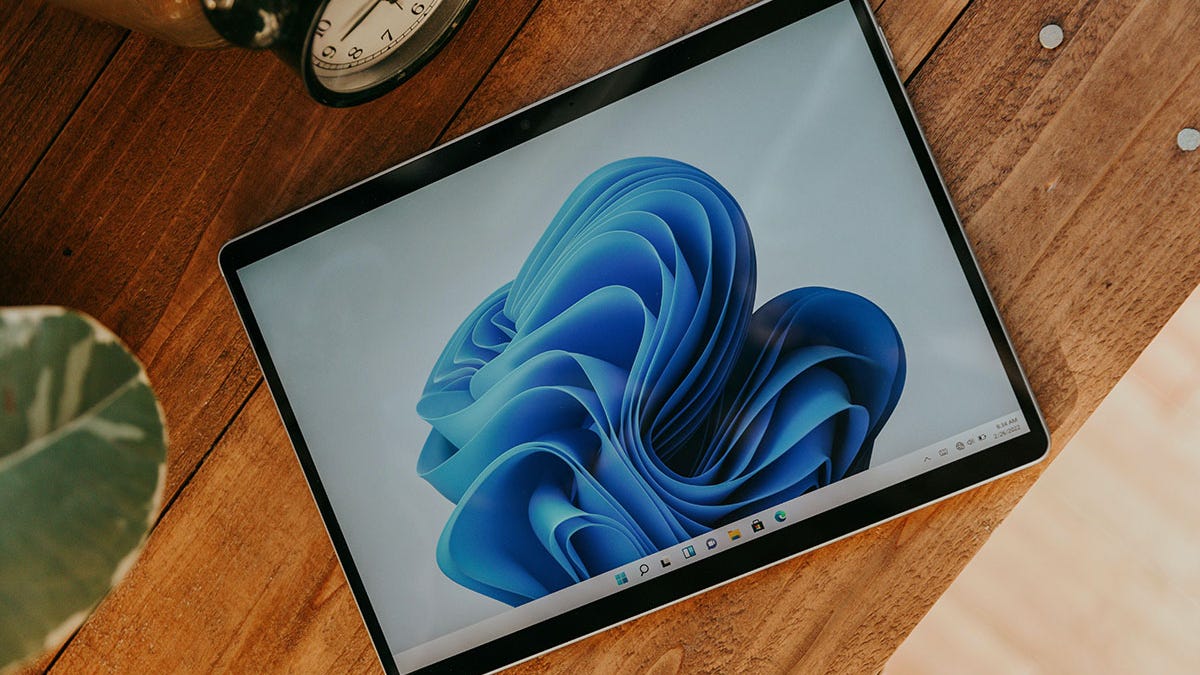






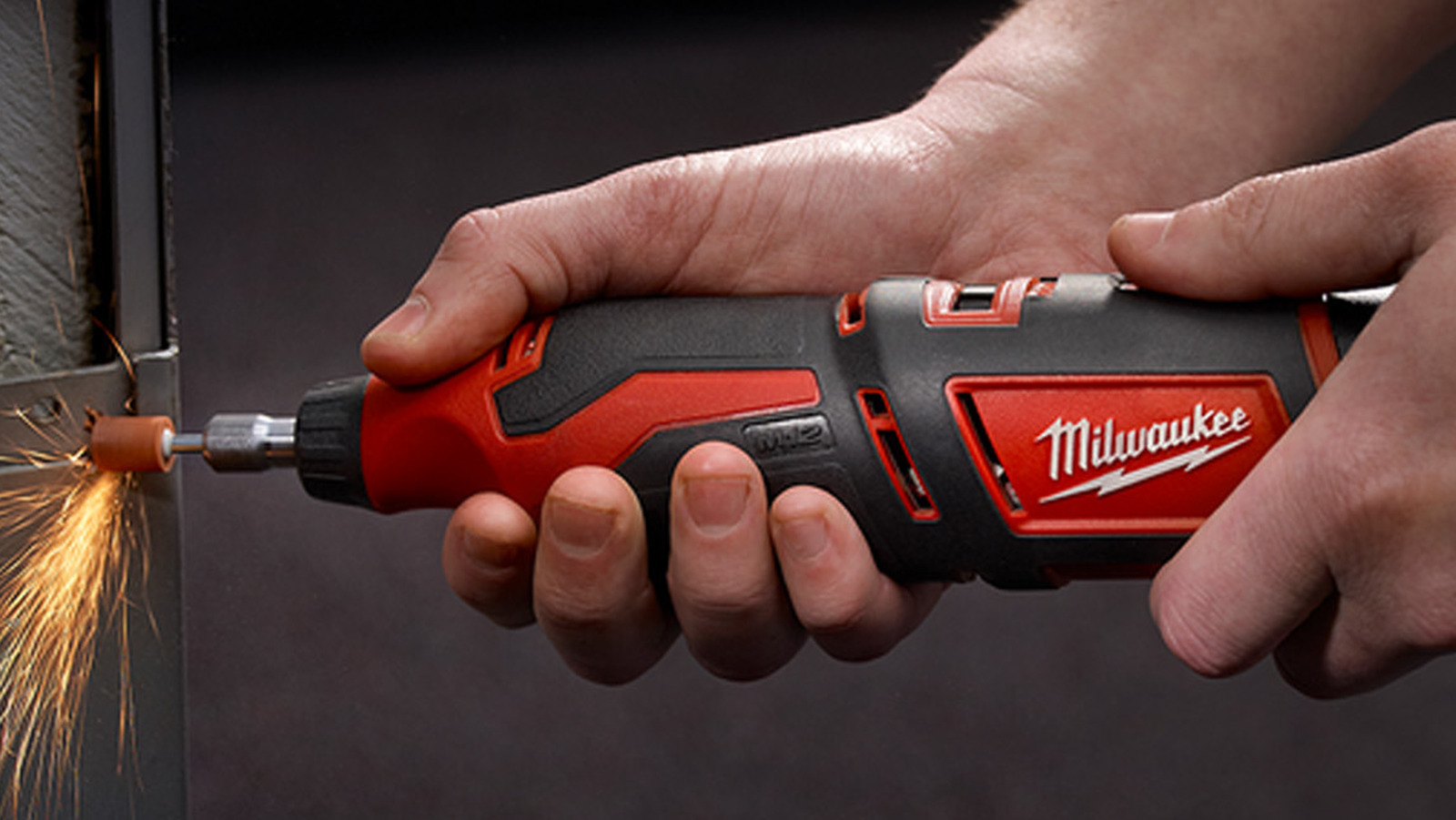
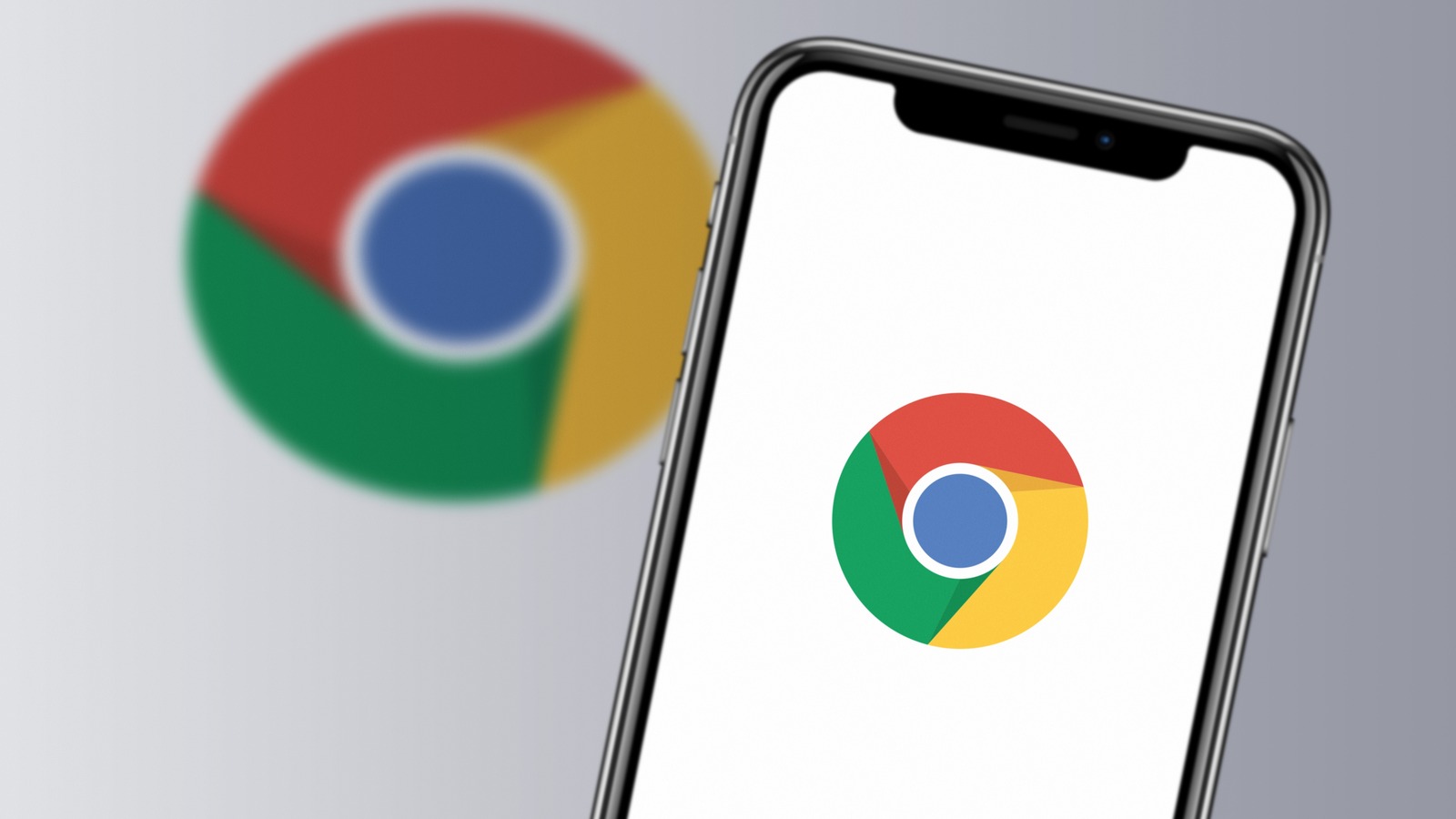

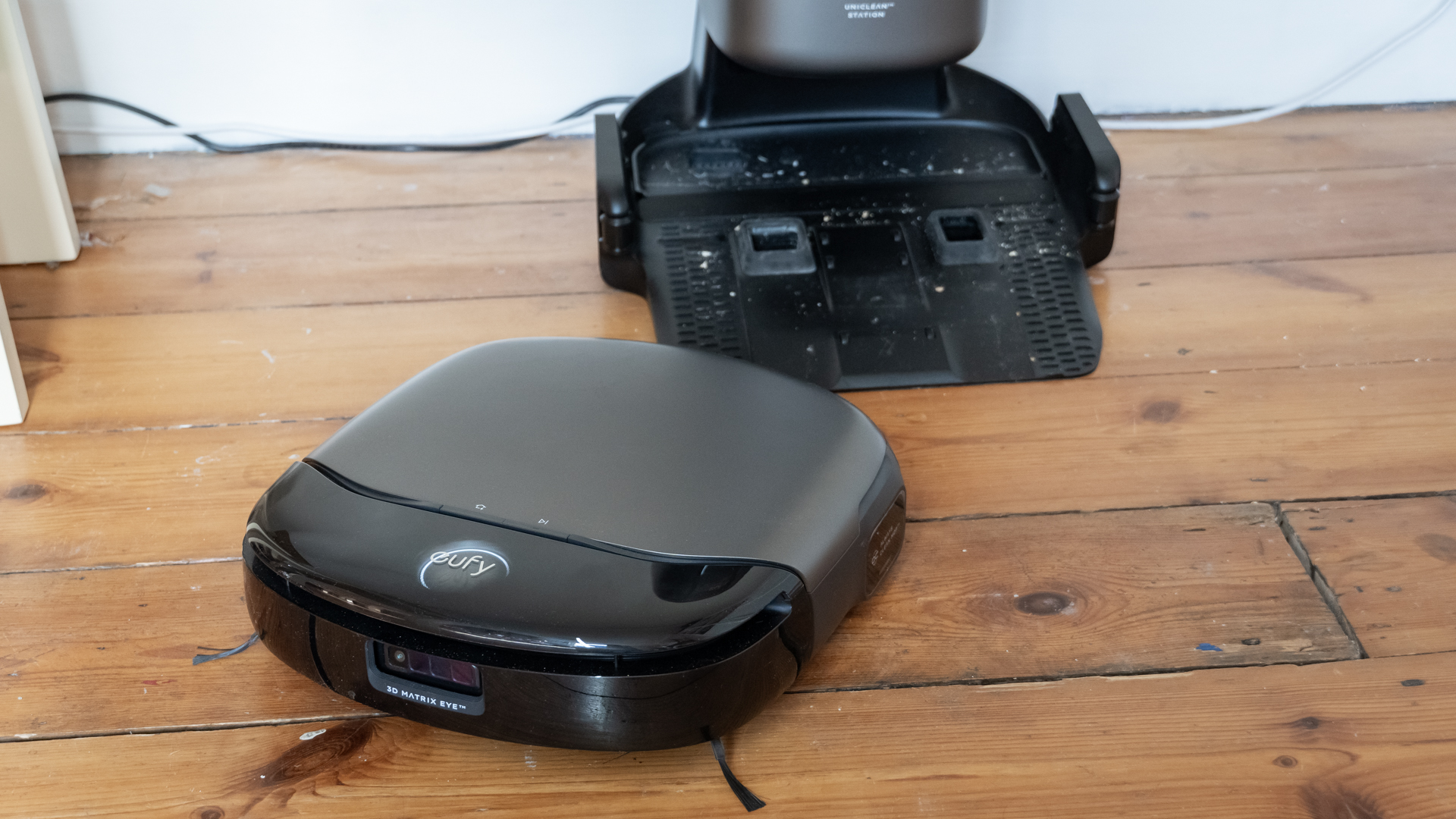
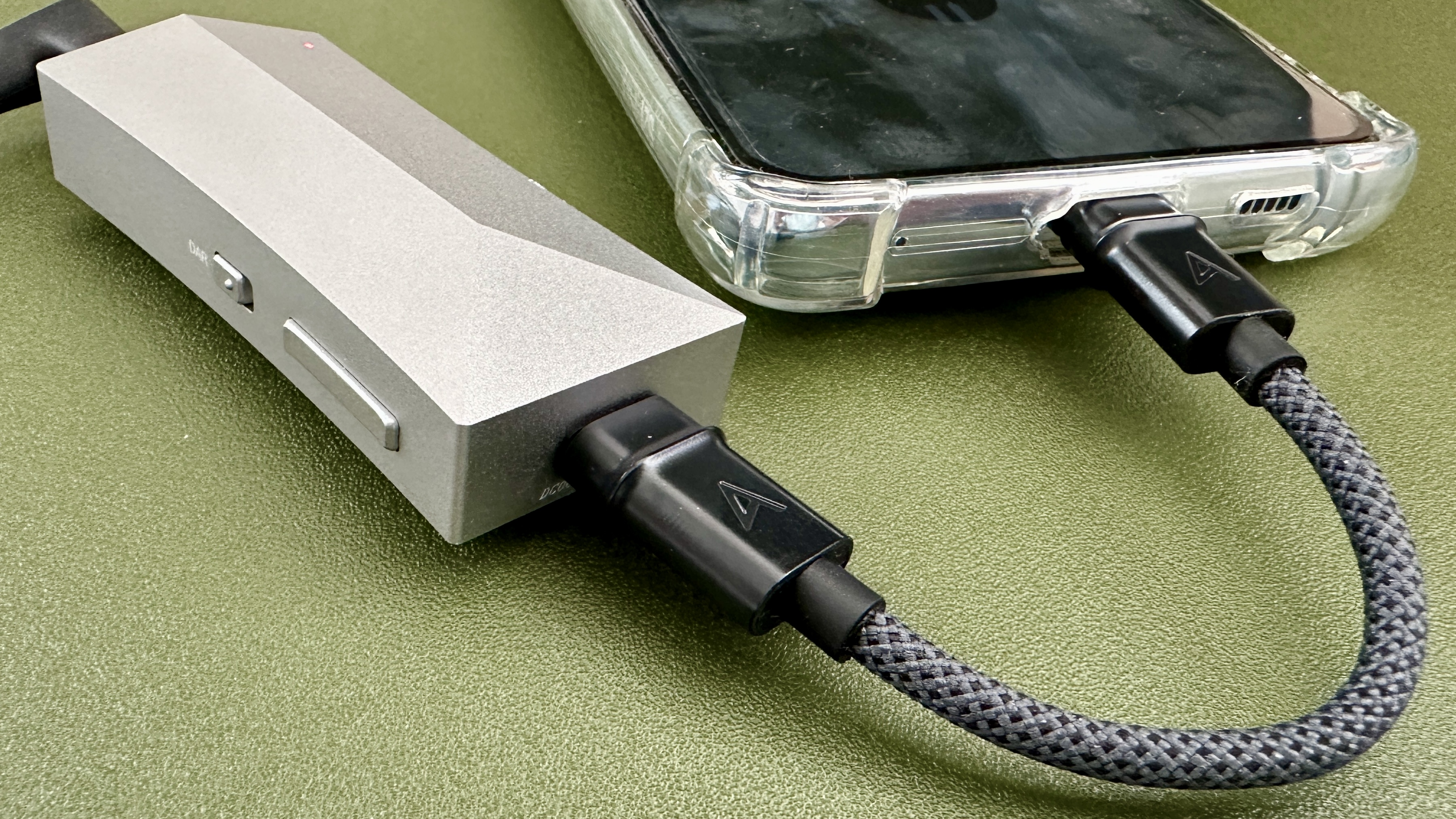



.jpeg?width=1920&height=1920&fit=bounds&quality=80&format=jpg&auto=webp#)






